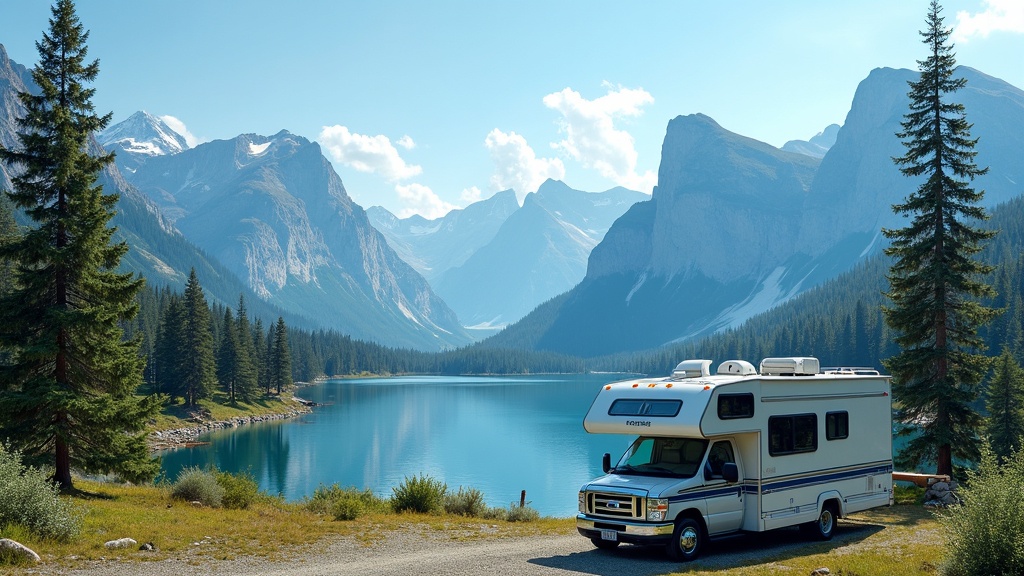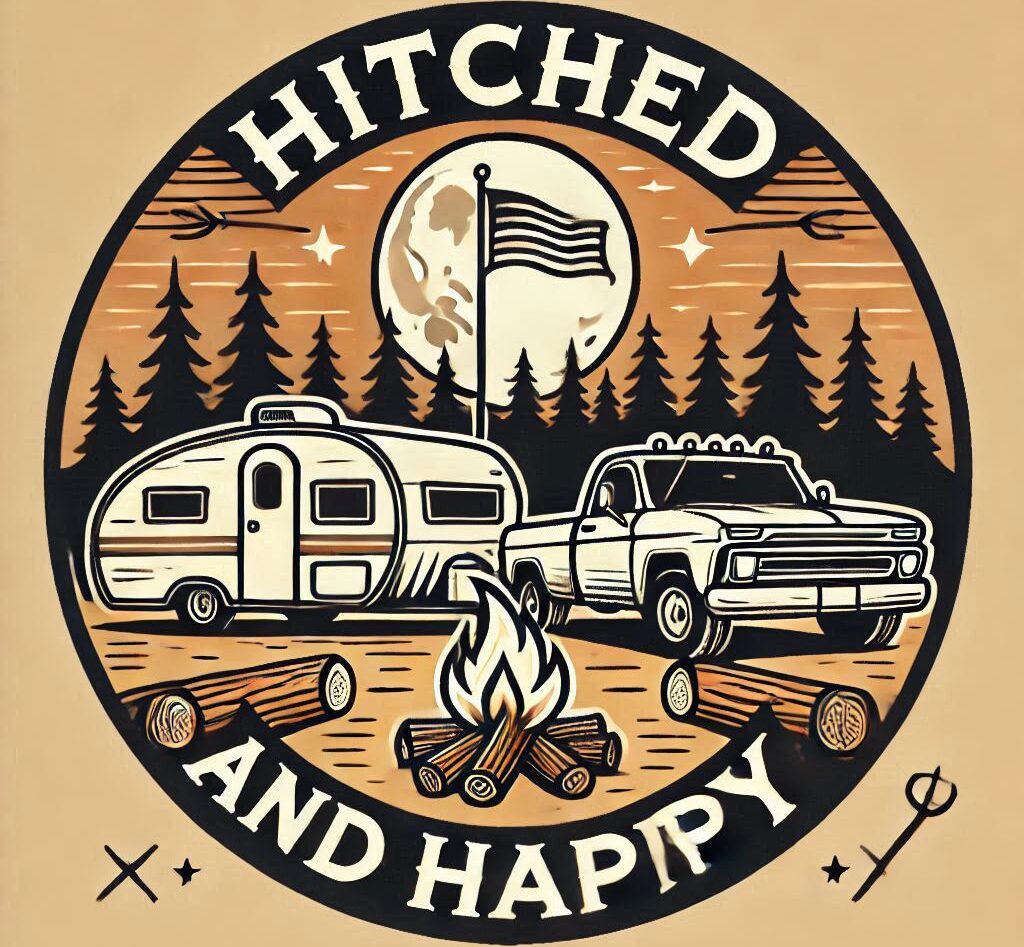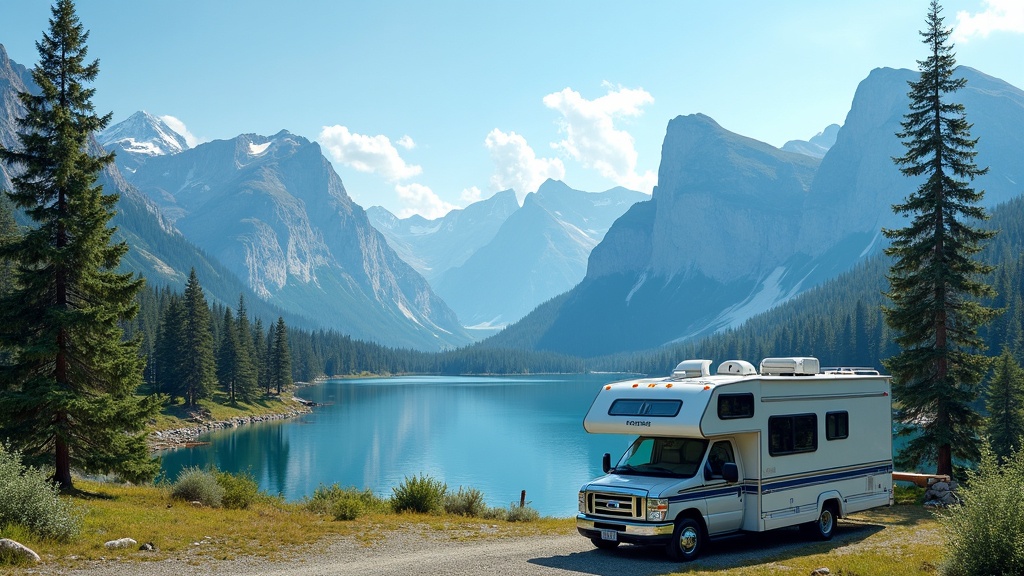Renting an RV for a vacation has quickly become a popular way to explore a destination with more flexibility and comfort. I’ve noticed more folks turning to RVs not just for cross country road trips but for long weekends or family getaways as well. An RV can provide a unique experience you simply won’t get at a hotel or resort. If you’ve never tried an RV trip before, I’ll share everything you need to consider—from picking your rental to practical travel tips and real-world advice about what to expect on the road.

Why Consider an RV Vacation?
More people are swapping hotel stays for RV adventures. I’ve found RV travel especially handy if you love experiencing scenic spots, outdoor attractions, and smaller towns that might not have many hotels. Choosing an RV gives you a mix of mobility and coziness, plus the chance to travel at your own pace.
The RV rental business has grown a ton over the last decade. Families, couples, and groups of friends are enjoying the freedom of stopping anywhere with a view or cooking a favorite meal right onboard. You get your own bed, a kitchen, and a chill spot—and you don’t have to pack and unpack into new hotels constantly. With over 11 million U.S. households owning an RV and even more people renting each year, RVing is more than just a fad. Popular sites like RVshare and Outdoorsy make it simple to browse listings and compare options from small campervans to luxury motorhomes.
For folks chasing national parks, coastal drives, or remote campgrounds, renting an RV gets you access to places that hotels simply can’t reach. You can wake up next to a peaceful lake or park by a quiet beach instead of being tied to crowded city accommodations.
Getting Started: How RV Rentals Work
If you’re brand new to RV trips, the first thing to know is not all RVs are created equal. They come in all shapes and sizes, and each rental company has different categories. Here’s a run through the main types you’ll see:
- Class A Motorhomes: Big, buslike RVs with topnotch amenities. Best for large families or groups wanting plenty of space.
- Class C Motorhomes: Built on a truck or van chassis, these offer a happy medium—good space, a bed over the driver’s cab, and a manageable driving experience.
- Class B Campervans: Compact, easy to drive and park, and great for couples or solo travelers.
- Travel Trailers: Pulled behind a vehicle (usually a truck or SUV). Handy if you want to unhook and roam in your car once you’re at camp.
- Popup Campers: Fold down for easy towing and expand at your campsite. Perfect if you’re looking for a step up from tent camping.
Most rental companies will help you match an RV with your plans, group size, and comfort with driving. Rental platforms spell out the basics, but double check what’s included—bedding, towels, cookware, and outdoor furniture may be listed as add-ons.
Uncertain about driving a larger vehicle? There are smaller options that aren’t much different from a van or SUV on the road. Always check rental listings for photos, complete amenity lists, and anything special you’ll need to drive (like a unique license for super-large rigs).
Planning Your RV Trip: Routes, Campsites, and Destinations
Mapping a loose route is actually some of the best fun of RV travel. Many road trippers pick RVs to break free from being tied to a single location. You might have a can’t-miss destination, but RVing means you can make plenty of pit stops along the way. Try laying out a sample route before booking—especially for longer adventures or when targeting busy national parks.
Here are some things I always consider to keep RV trip planning smooth:
- Scout Out Campsites: Public campgrounds like those in national or state parks can fill quickly during peak season. Private RV parks often have more amenities and longer hours, while boondocking (parking in free public areas) is an option if you’re set up to be self-sufficient.
- Reservations Matter: Booking ahead guarantees a spot, especially for the most popular destinations. Some like Yellowstone or Yosemite ask for reservations months out.
- Daily Driving Limits: Keeping daily drives between 150-250 miles makes things comfortable, especially with kids or pets. It gives you extra time for stopping and exploring without arriving frazzled.
- Read the Rules: Some places don’t allow large rigs, noise from generators, or have a cap on how many can hook up to water and electricity. Verify these details before you lock in your stays.
Apps like Campendium and AllStays are solid options for researching campsites and reading real feedback. Many parks offer both simple camping and sites with hookups and laundry, letting you decide what level of comfort you want each night.
What to Consider Before Renting an RV
RV travel is rewarding, but there are a few practical details you’ll want to think about before booking:
- Driving Experience: Bigger motorhomes need a careful eye for height and turning space. If you’re new, ask for an orientation or even a quick drive around the lot before setting out.
- Parking: Remember, RVs need more room at gas stations, rest stops, and supermarkets. Think about where you’ll park when you roll into popular sights or cities.
- System Know-How: Learn how the RV’s systems work—slideouts, dump tanks, propane, and electric hookups seem intimidating at first, but a walkthrough gets you comfortable fast.
- Budget: The rental fee is just the start—you’ll also want to plan for insurance, miles, campground fees, fuel, and any extras you rent for convenience or comfort.
Most rental sites clearly list what’s covered and any extras, but don’t be shy about asking questions for peace of mind. RV insurance often comes included, but you may be able to use your own car policy or add coverage for an added layer of safety.
Understanding RV Features
RVs aren’t just vehicles—they’re rolling homes. Here are the big features that make the experience stand out:
- Kitchenette: Even the most basic RVs have a fridge, burner, and sink. Larger ones might have an oven and microwave, making meal prep a breeze and helping you skip pricey restaurants.
- Bathroom: Some smaller campers have a portable toilet or just an outdoor shower. Pick the setup that fits your comfort, especially for long trips.
- Bed Spaces: With foldout sofas and over-cab beds, even compact models can sleep four or more. Figure out what your group needs upfront.
- Climate Control: Built-in heating and air conditioning keep you comfortable in hot or freezing destinations.
- Entertainment: Expect at least a Bluetooth stereo, TV, or board games. I like packing a few favorite books and games for evenings at camp.
Always ask your rental contact for quick lessons or video instructions before you take off. Getting the hang of slides, awnings, or propane stoves boosts your confidence right away.
RV Travel Tips I’ve Learned
I’ve made my share of rookie mistakes. Here’s what’s helped me make trips smoother and more fun:
- Pack Light and Smart: RVs have lots of storage, but it’s easy to go overboard. Stick with cozy clothes and a few pairs of shoes, and buy groceries every couple days to keep the fridge uncluttered and fresh.
- Set Up Before Dark: Arriving at a new site in daylight makes it way easier to level your RV and start up the essentials.
- Toolkit Onboard: Small fixes pop up. I carry a basic toolkit, headlamp, duct tape, and leveling blocks every time I hit the road.
- Stay Flexible: Bad weather, full campsites, or closed roads are all possible. Always have a backup plan, or keep a few alternate campsites saved in your app or notes.
- Double Check Supplies: Some RVs don’t include linens, towels, or cookware. Know what’s on board before you pack so you’re not stuck buying extras at the last minute.
It also pays to keep a first aid kit, pack toiletries in space-saving bins, and always leave shoes by the door for quick trips in and out.
Common RV Trip Challenges (and How to Tackle Them)
Even experienced travelers run into hiccups on the road. Here are some common headaches—and how to handle them with confidence:
- Fuel Costs: Large RVs get 7-15 mpg, so plan your budget. I always check for fuel stops ahead of schedule and keep the tank above a quarter, especially on remote stretches.
- Navigation: Not every road suits RVs. Use dedicated apps or old school maps to catch low bridges, weight limits, or tough-to-navigate intersections.
- Campground Noise & Privacy: Sites closer to bathrooms or playgrounds can be busy. Try booking sites away from main areas for added quiet.
- Dumping Tanks: It’s not glamorous, but it’s not scary either. Watch a video to see how hoses and levers work before tackling the job yourself.
- Connectivity: Campground Wi-Fi can be unreliable. Consider a mobile hotspot, download anything important ahead of time, and embrace a little digital detox.
Fuel & Route Planning
Gas prices jump around from one town to the next. I use apps to spot the best stops that can fit an RV. Drive a bit slower on winding or scenic roads, and enjoy the extra sights—even if it means burning a bit more fuel.
Campground Selection
Reserving ahead brings peace of mind, especially near major attractions. When I need a backup plan, I check for overnight-friendly options like Walmarts or truck stops but always look up their specific rules first.
Fun Extras and Advanced RV Tips
Once you’re comfortable behind the wheel and setting up camp, you can take up your RV trips a notch with a few smart additions:
Bring Bikes or Kayaks: Many RVs come with racks, making it easy to bring gear for extra fun at camp. Check with the rental owner for weight limits and secure everything before hitting the road.
Master Camp Cooking: I love firing up a portable grill or using a camp stove outdoors. Practice a couple of simple, one-pot recipes at home for stress-free meals once you’re traveling.
Make Your Campsite Your Own: Hanging up outdoor lights or a colorful mat makes your camp area feel homey and helps spot your rig easily in a crowded site.
Connect With Other RVers: The RV community is friendly and welcoming. Don’t hesitate to chat with neighbors or join group breakfasts. You’ll pick up plenty of handy tips.
Try Boondocking: Boondocking means camping without any hookups. It saves money and can land you some stunning locations. Just be sure your systems and power are ready for an off-the-grid experience.
RV Gear Checklist for Beginners
Packing efficiently can make a world of difference. Here’s my basic go-to gear list for any RV adventure:
- Leveling blocks to handle sloped spots
- Sewer hose and gloves for waste tanks
- Electrical adapters (for different outlet sizes)
- Freshwater hose and a filter
- Surge protector to avoid power issues
- Basic tools and a strong flashlight
- Compact toiletries and space-saving towels
- Outdoor rug and folding camp chairs
- Portable camp stove or grill
- Weather gear for rain or unexpected chills
Most rentals offer some gear or let you add it for a small fee. Packing light, but practical, helps you set up and break camp hassle-free.
Your Questions About Renting an RV, Answered
Over the years, I’ve gotten these questions from fellow travelers curious about RV rentals:
Question: Do I need a special license to rent and drive an RV?
Answer: Most states allow you to drive standardsize RVs on your regular driver’s license. Only oversized rigs (over 26,000 pounds) or specialty vehicles may require a separate license.
Question: How much does it really cost to rent an RV?
Answer: Rates depend on the RV’s size, the time of year, and where you rent. Budget $75 and up per night for smaller campervans and $300 or more for luxury models. Factor in extra charges for miles, cleaning, and campgrounds. Booking during less popular months can help bring costs down.
Question: Are RVs petfriendly?
Answer: Many rentals welcome pets for an added fee. Always check the listing and bring what your pet needs to feel safe and comfortable, like a bed and leash.
Question: Can I take an RV into national parks?
Answer: Yes, but know the limits on RV size and where you can park or camp. Every park sets its own rules, so always look up the details before making plans. Popular parks book up far in advance in peak season.
Question: What if something goes wrong on the road?
Answer: Most rental sites offer roadside assistance and support to walk you through any quick fixes. It’s smart to have the emergency number handy, and never hesitate to reach out with questions.
RV Vacations—How to Make the Most of Your Adventure
The beauty of an RV vacation is all about enjoying both the ride and the destination. Whether you’re after starry skies, a scenic road trip with friends, or simply itching to shake up your usual routine, trying out RV travel brings new excitement. Some planning, knowing how the basics work, and packing sensibly keeps trips comfortable and stress free. There’s a unique joy in hitting the road with your own bed and kitchen tagging along. If you get the urge, try out RV travel—even a short trip can create memories that stick for years.

